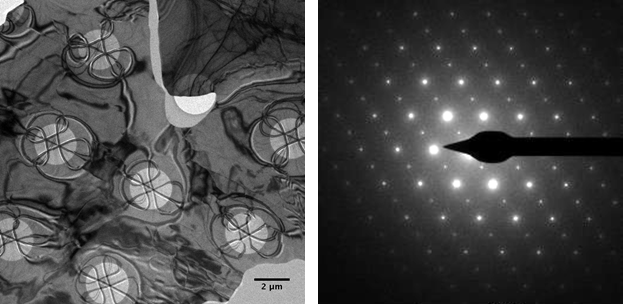Reports: DNI753116-DNI7: Atomic-Scale Visualization of Paraffin Melting and Crystallization with Ultrafast Transmission Electron Microscopy
David J. Flannigan, PhD, University of Minnesota


David J. Flannigan, PhD, University of Minnesota


Copyright © American Chemical Society